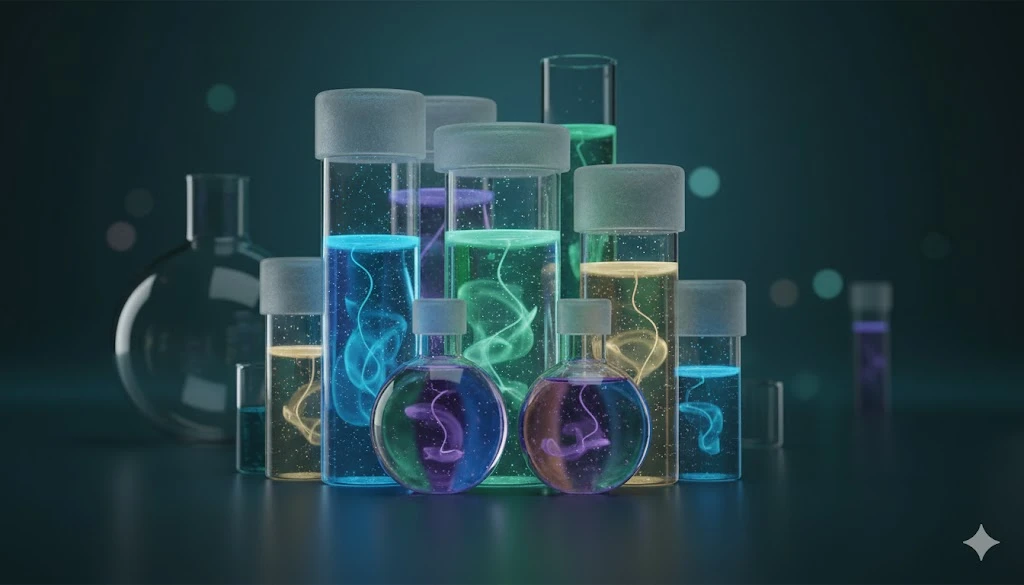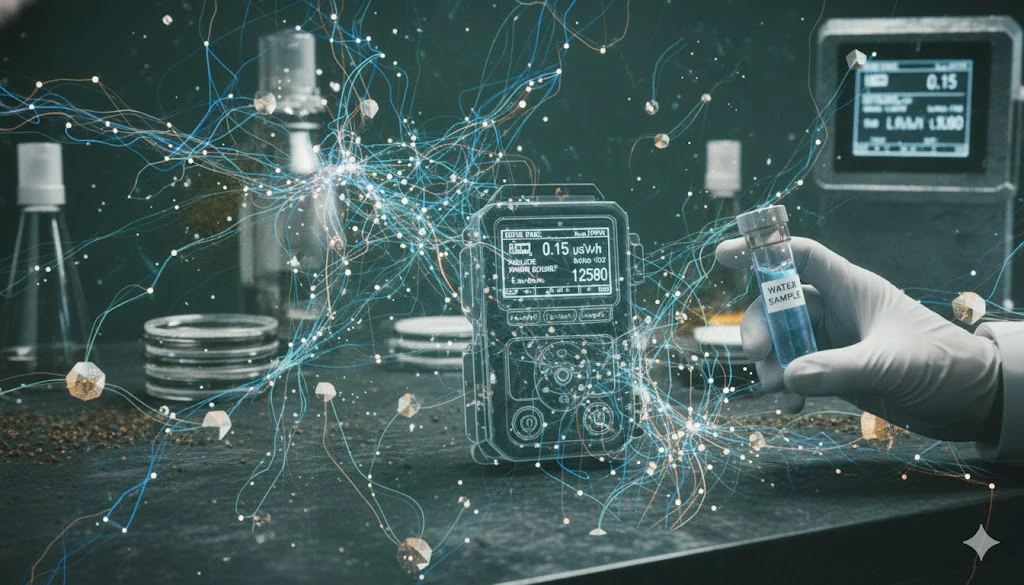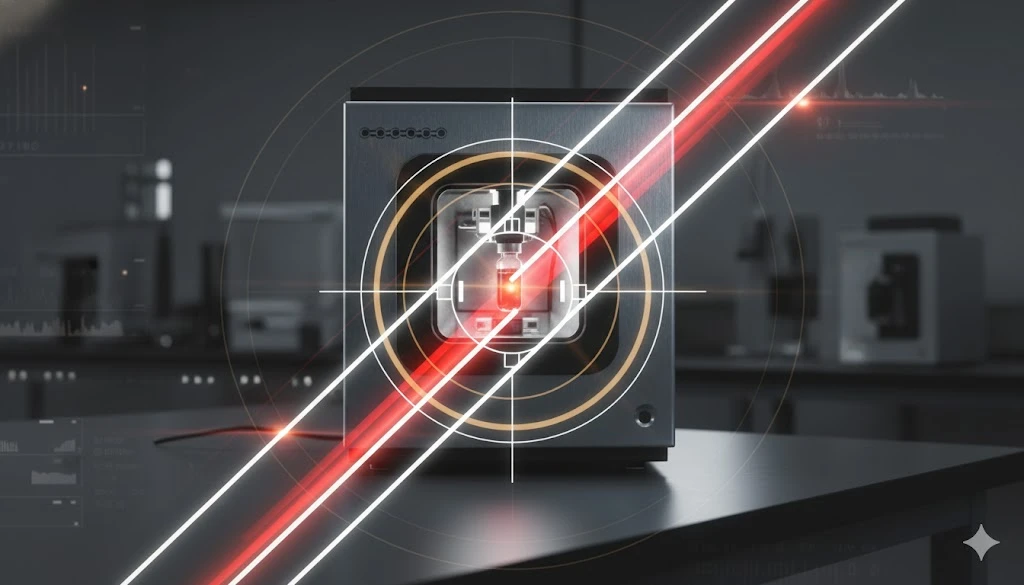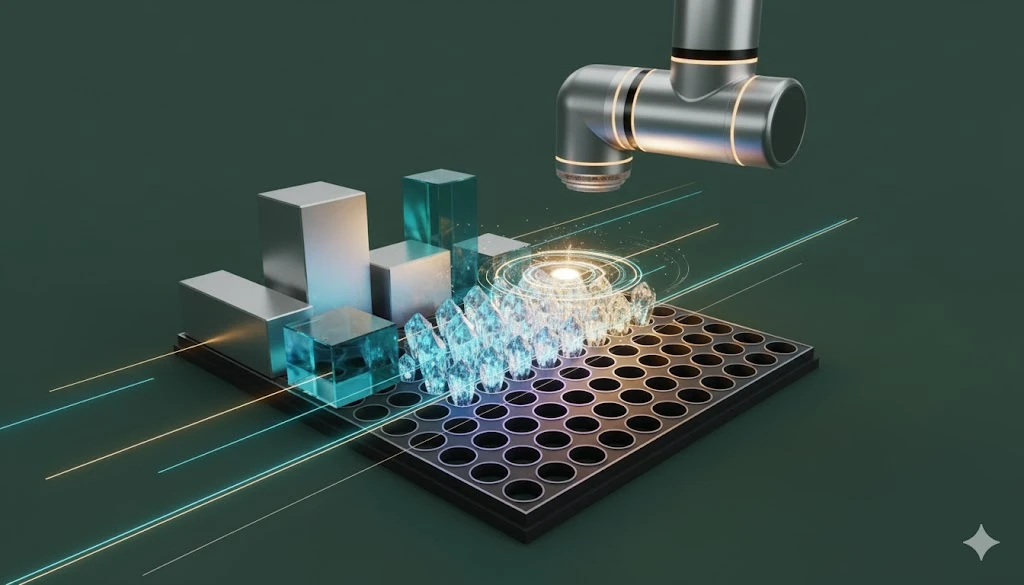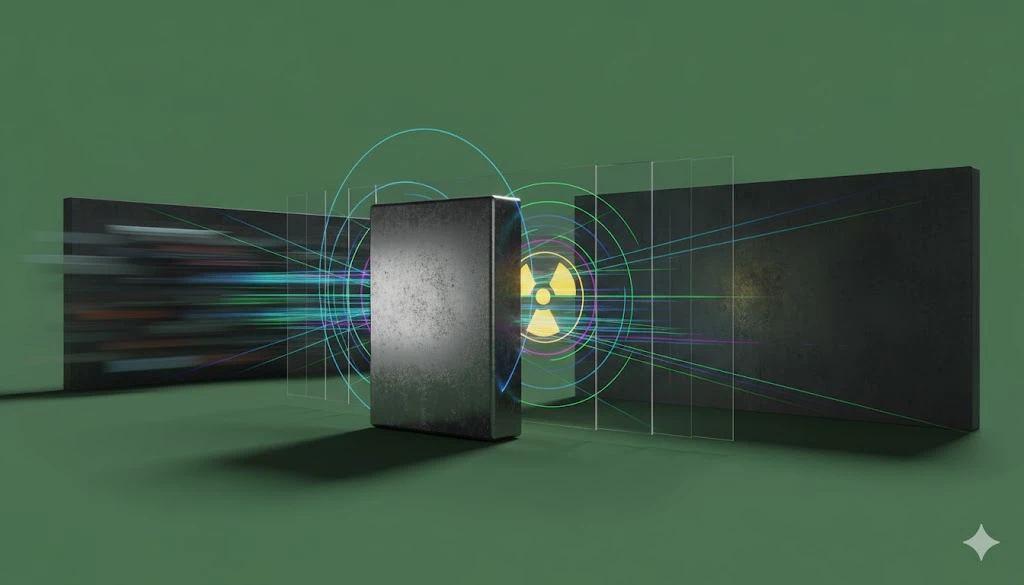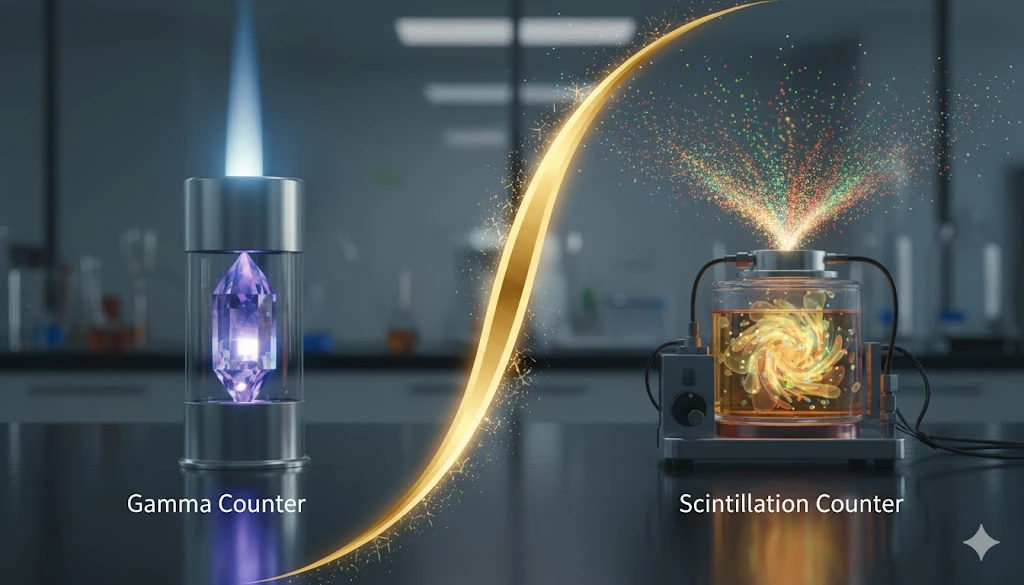Elevating Food Safety: The Power of Mass Spectrometry Analysis
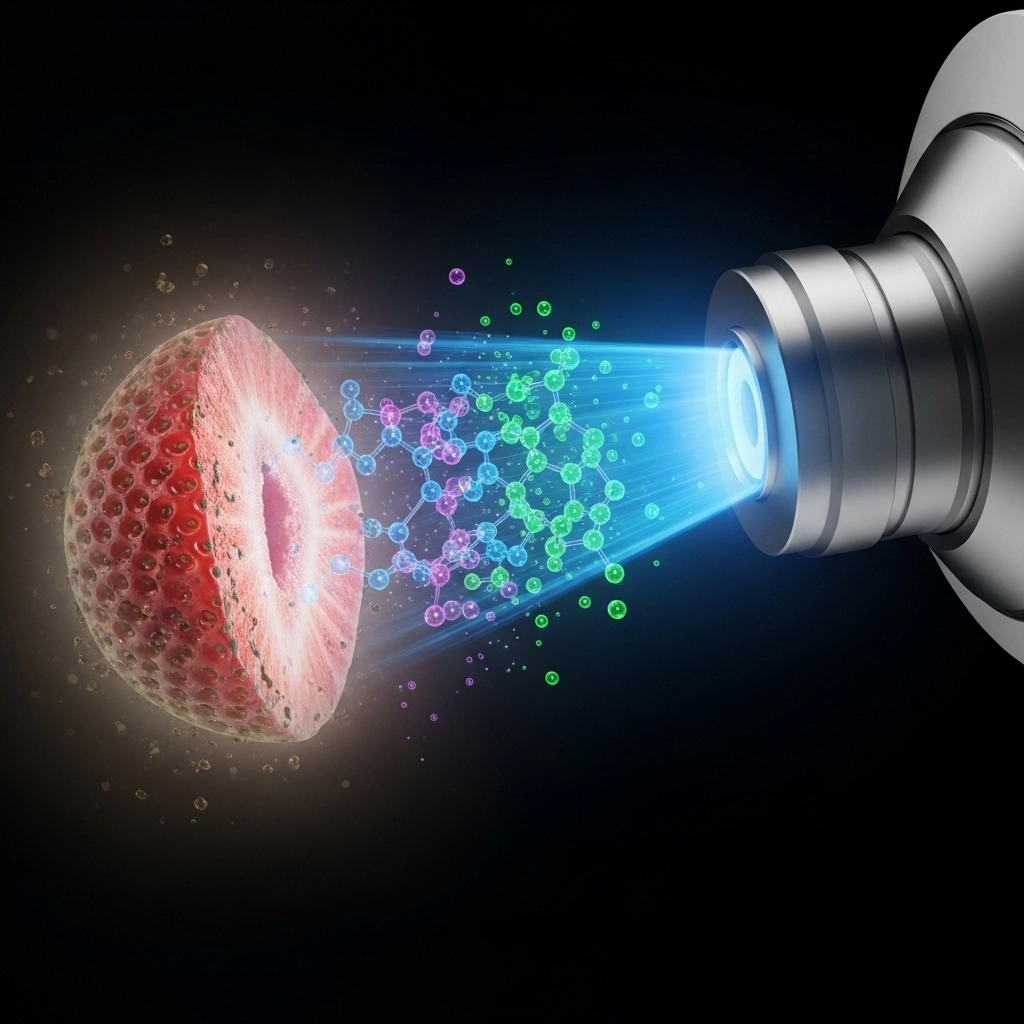
ImageFX (2025)
In today's globalized world, the journey of food from farm to fork is more intricate than ever. A vast array of diverse food sources and products constantly emerges, bringing with it an imperative need for robust and reliable testing methods. Ensuring the safety and integrity of our food supply is paramount, protecting public health and maintaining consumer trust. This guide delves into the indispensable role of mass spectrometry (MS) as a cutting-edge analytical platform, offering unparalleled precision and speed in detecting harmful contaminants and adulterants.
The Indispensable Role of Mass Spectrometry in Food Safety
Mass spectrometry stands at the forefront of analytical science, providing a powerful tool for identifying and quantifying trace compounds in complex food matrices. Its ability to deliver highly specific and sensitive results makes it an essential technology for modern food safety analysis. From screening for pesticide residues to identifying unexpected adulterants, MS offers a comprehensive solution to the challenges faced by the food industry.
The versatility of MS allows it to tackle a wide spectrum of analytical tasks, including:
Pesticide and Herbicide Residue Detection: Ensuring agricultural products meet regulatory limits.
Veterinary Drug Screening: Verifying the absence of prohibited substances in animal products.
Mycotoxin Analysis: Identifying naturally occurring toxic compounds produced by fungi.
Food Adulteration Detection: Uncovering intentional contamination or mislabeling.
Allergen Identification: Protecting consumers with sensitivities.
This advanced analytical technique provides the confidence needed to ensure that food products are safe for consumption, safeguarding public health at every stage of the supply chain.
Compact Mass Spectrometers (CMSs): Revolutionizing On-Site Testing
The evolution of mass spectrometry has led to the development of Compact Mass Spectrometers (CMSs), devices that are transforming food safety screening. Unlike traditional lab-bound instruments, CMS technologies offer significant advantages in versatility, speed, and, crucially, portability. This makes them ideal for rapid, on-site screening, reducing the time from sample collection to actionable results.
Feature | Benefit for Food Safety |
|---|---|
Portability | Enables testing at various points in the supply chain (farm, processing plant, import/export points). |
Speed | Provides rapid screening results, accelerating decision-making and preventing contaminated products from entering the market. |
Versatility | Capable of analyzing a broad spectrum of contaminants, from agrochemicals to bactericides. |
Ease of Use | Often designed for simpler operation, making advanced analysis more accessible. |
The demand for such agile testing platforms has been significantly driven by past food safety controversies, such as the infamous melamine adulteration incident in milk and infant formula. These events underscored the critical need for swift, reliable detection methods. Compact MS devices are continually evolving, enabling the analysis of an ever-growing list of applications, including a wide range of agrochemicals and environmental contaminants.
Advanced Ionization Techniques: Unlocking Trace Contaminant Detection with APCI
At the heart of mass spectrometry lies the ionization process, where molecules are converted into ions for analysis. Atmospheric Pressure Chemical Ionization (APCI) has emerged as a particularly popular and versatile "soft ionization" method for trace chemical and compound screening.
APCI's adaptability makes it suitable for a diverse range of MS applications:
Drug Development: Used in high-throughput triple quadrupole instruments for pharmaceutical analysis.
Environmental Monitoring: Essential for detecting pollutants in air and water samples.
Food Analysis: Crucial for identifying trace contaminants and residues in food products.
Remote Trace Compound Identification: Employed in compact, single quadrupole devices for field-based screening.
This soft ionization technique minimizes fragmentation of the target molecules, allowing for clearer identification of the intact compounds, even at extremely low concentrations. Its robustness and broad applicability make it a cornerstone in modern analytical chemistry.
Read more about the mechanisms behind this soft ionization technique and the advantages and limitations of APCI technology.
Streamlining Sample Preparation: The Power of QuEChERS Extraction
As agricultural practices evolve to optimize yields and control pests, the number of synthetic and natural pesticides in use has grown to over 1000. Ensuring that these chemicals do not exceed safe levels in food products requires efficient and effective sample preparation methods. This is where the QuEChERS (Quick, Easy, Cheap, Effective, Rugged, and Safe) extraction method plays a pivotal role.
QuEChERS simplifies the complex process of extracting target compounds from food matrices, making it a preferred method for multi-residue pesticide analysis. Its key benefits include:
Speed: Significantly faster than traditional extraction methods.
Cost-Effectiveness: Requires less solvent and simpler equipment.
Efficiency: Achieves high recoveries for a broad range of pesticides.
Safety: Uses less hazardous solvents.
The standardization of QuEChERS methods by international organizations like AOAC (Association of Official Analytical Chemists) and CEN (European Committee for Standardization) further underscores its reliability and widespread acceptance in food testing laboratories globally.
Safeguarding Consumers: Vigilance Against Food Adulteration
Despite rigorous efforts, incidents of food adulteration continue to pose significant threats to public health. The infamous melamine scandal, where the compound was identified in infant formula and pet food, led to tragic consequences, including thousands of hospitalizations and numerous pet deaths. Such events highlight the urgent need for accurate and sensitive analytical methods to screen not only for melamine but also for a growing array of pesticides, toxins, and processing contaminants.
Advanced mass spectrometry methods are critical in this ongoing battle. For instance, the identification of melamine often involves a relatively straightforward extraction process, followed by normal phase liquid chromatography (LC) separation using a HILIC (Hydrophilic Interaction Liquid Chromatography) column. This is then coupled with a triple quadrupole MS instrument, such as an API 3200. This exemplifies how rapid, sensitive screening tests can be performed efficiently using standard laboratory equipment, providing quick and reliable detection of harmful substances.
The food industry faces immense pressure to keep pace with the increasing variety of food items and global imports. This necessitates formidable requirements for advanced analytical methods capable of identifying and quantifying trace-level compounds across the entire food chain, from raw agricultural materials to finished consumer products. Despite these challenges, innovative MS approaches offer promising solutions to address these concerns and the complex logistical implications involved in maintaining food safety.
Final Thoughts on the Role of Mass Spectrometry in Food Safety
The landscape of food production and consumption is constantly evolving, demanding equally dynamic and sophisticated safety measures. Mass spectrometry, with its unparalleled accuracy, speed, and adaptability, is an indispensable tool in this critical endeavor. From compact, portable devices enabling on-site screening to advanced ionization and extraction techniques, MS continues to drive innovation, ensuring that our food supply remains safe and trustworthy.
Explore our comprehensive catalog of Mass Spectrometry solutions and listings to enhance your food safety analysis capabilities. Visit LabX today!
Frequently Asked Questions (FAQ)
Q1: What is mass spectrometry (MS) and why is it important for food safety? A1: Mass spectrometry is an analytical technique that measures the mass-to-charge ratio of ions to identify and quantify molecules. It's crucial for food safety because it can detect and measure trace levels of contaminants like pesticides, toxins, and adulterants with high precision and sensitivity, ensuring food products are safe for consumption.
Q2: How do Compact Mass Spectrometers (CMS) benefit food safety testing? A2: Compact Mass Spectrometers (CMS) offer significant benefits due to their portability, speed, and versatility. They enable rapid, on-site screening at various points in the food supply chain, reducing testing times and allowing for quicker intervention if contamination is detected.
Q3: What role does APCI play in detecting trace contaminants? A3: Atmospheric Pressure Chemical Ionization (APCI) is a "soft ionization" technique used in MS that is highly effective for detecting trace contaminants. It minimizes molecular fragmentation, allowing for clearer identification of intact compounds even at very low concentrations, making it ideal for complex food samples.
Q4: What is the QuEChERS method used for in food analysis? A4: The QuEChERS (Quick, Easy, Cheap, Effective, Rugged, and Safe) method is a widely adopted sample preparation technique used to extract pesticide residues and other contaminants from food matrices. It streamlines the extraction process, making it faster, more cost-effective, and more efficient than traditional methods.

